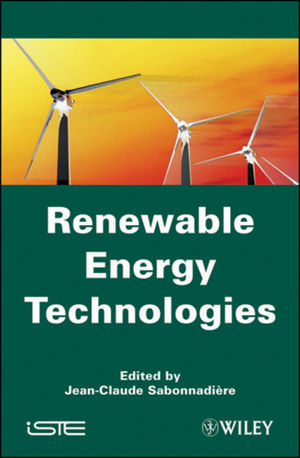
Renewable Energy: Technology Integration
In the modern era, the convergence of renewable energy and technology has sparked a revolution in the way we generate, distribute, and utilize power. This dynamic synergy between renewable energy sources and cutting-edge technology is driving innovation and reshaping the energy landscape for the better.
Harnessing the Power of Nature
Renewable energy sources such as solar, wind, hydro, and geothermal power harness the natural forces of the earth to generate electricity. These sources are abundant, sustainable, and environmentally friendly, offering a viable alternative to fossil fuels. Technology plays a crucial role in maximizing the efficiency and reliability of renewable energy systems, enabling us to capture and utilize nature’s energy resources more effectively than ever before.
Advancements in Solar Technology
Solar energy, in particular, has seen remarkable advancements in recent years, thanks to breakthroughs in photovoltaic (PV) technology and solar panel efficiency. Innovations such as thin-film solar cells, bifacial panels, and solar tracking systems have significantly improved the performance and cost-effectiveness of solar energy systems. As a result, solar power has become one of the fastest-growing sources of renewable energy worldwide, with installations proliferating in both residential and commercial sectors.
Wind Power Innovation
Similarly, advancements in wind turbine technology have led to significant increases in wind power capacity and efficiency. Larger, more efficient turbines, coupled with improved blade design and advanced control systems, have enabled wind power to become a competitive source of clean energy in many regions. Offshore wind farms, in particular, hold immense potential for generating large amounts of renewable electricity close to major population centers, reducing transmission losses and enhancing grid reliability.
Grid Integration and Smart Technology
As renewable energy penetration increases, grid integration becomes increasingly important for ensuring the stability and reliability of the electricity grid. Smart grid technologies, such as advanced sensors, energy storage systems, and demand-response programs, enable more efficient management of electricity generation, transmission, and distribution. These technologies help to balance supply and demand in real-time, optimize grid operations, and integrate intermittent renewable energy sources seamlessly into the grid.
Energy Storage Solutions
Energy storage technologies play a crucial role in enabling the widespread adoption of renewable energy by addressing the intermittency and variability of solar and wind power. Batteries, pumped hydro storage, and other storage solutions allow excess renewable energy to be captured and stored for use during periods of high demand or when renewable energy output is low. Advances in energy storage technology are driving down costs and improving efficiency, making renewable energy more reliable and accessible than ever before.
The Role of Digitalization
Digitalization and data analytics are also playing an increasingly important role in the renewable energy sector, enabling real-time monitoring, optimization, and predictive maintenance of renewable energy assets. Remote monitoring and control systems, coupled with advanced analytics software, allow operators to maximize the performance and uptime of renewable energy systems, reducing downtime and increasing overall efficiency.
In the midst of this transformative shift towards a more sustainable energy future, renewable energy and technology stand as catalysts for innovation and progress. By harnessing the power of nature and leveraging cutting-edge technology, we can create a cleaner, more resilient energy system that benefits both people and the planet. Join the movement today and be a part of the renewable energy revolution.



